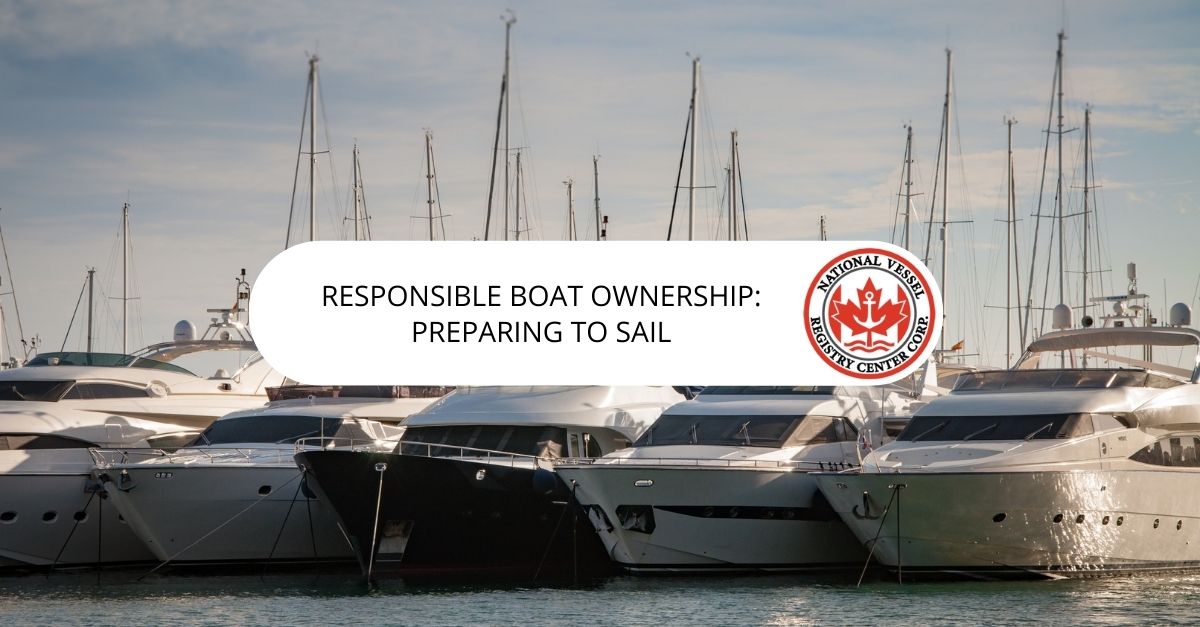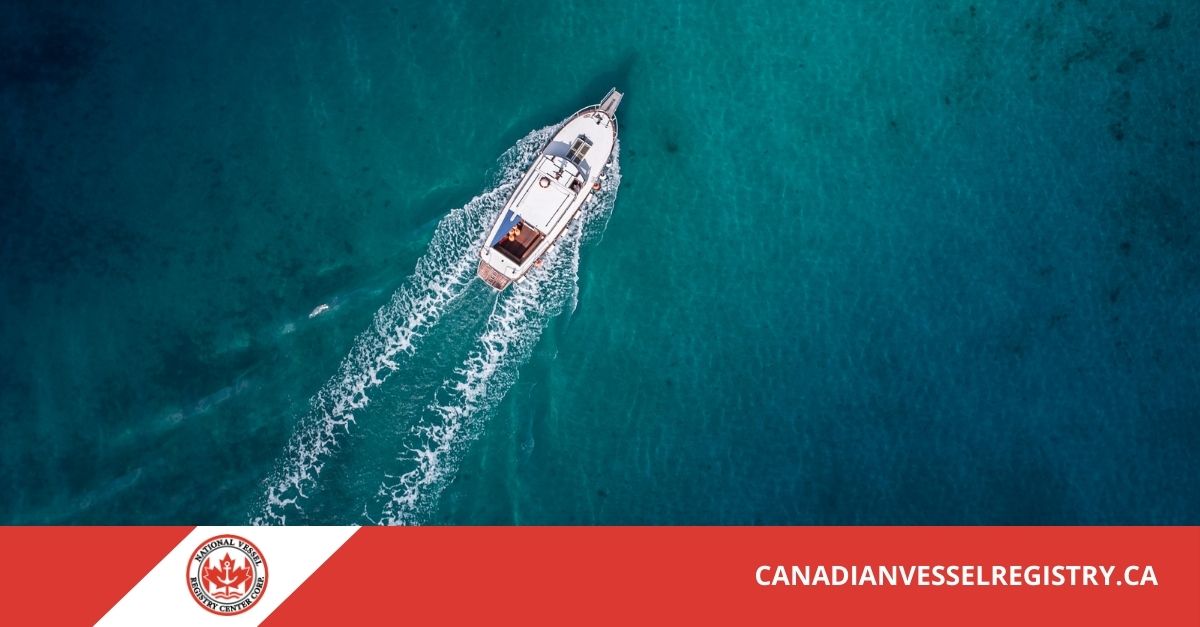When you’re out on the open water, it’s just you and the elements. There’s something liberating about being surrounded by nothing but sky and water. It’s a chance to reset and recharge, to connect with nature in a pure and simple way. To best enjoy it with the most peace of mind, it’s best to know whether, in the course of boat ownership, you should opt for registration or licensing.
For some, boating is a way to escape the hustle and bustle of everyday life. It’s a chance to unwind and relax, to enjoy some peace and quiet for a while. There’s nothing quite like being out on the water, surrounded by nothing but blue skies and calm waters. It’s a place where you can truly be yourself.
However, to enjoy this sense of freedom, you need to be well-prepared. You need to make sure you’re organized with respect to boat registration or licensing.
Register or License Your Boat
Whether you’re an experienced boater or a first-time recreational, registering or licensing your pleasure craft with the Canadian government has to be done first. Even if your boat is under 10 horsepower (the requirement for licensing or registration), it still helps to have a license or registration in place.
Again, a license or registration is a form of identification – very helpful for locating your boat or finding a vessel that is stolen or lost.
By registering or licensing your boat, you’ll be better able to observe the safety protocols set by the Canadian government. Licensed and registered boats are easier to identify and find during an emergency.
The registration is simple and straightforward and can be done in its entirety online. You just need to provide basic contact information and details about your boat. Once you’ve applied for a license or registration, you’ll receive a license number or an official registration number – either of which needs to be displayed, with the paperwork kept onboard all the time.
If you register your boat, you can fly the Canadian flag, save on import duties, and sail more easily in international waters. You can also take out a marine mortgage.
While sailing and boating offer a sense of freedom, you can enjoy the experience more fully by being prepared.
After licensing or registering your pleasure craft, you’ll need to inspect your boat.
Inspect the Motor and Make Sure You Have Enough Fuel
Make sure you have enough fuel or your motor is running smoothly.
Did you know most boating problems, or calls for help, have to do with these two issues? Therefore, you need to check these two items first before you set sail.
Make Sure All of Your Boat’s Equipment Is Working
Operating any boat that is not considered seaworthy is against Canadian law. Therefore, you need to make sure your engine and all the boat’s equipment operate properly. Whether you rent, borrow, or own a boat, you should review and check off a pre-departure checklist before embarking on Canada’s waterways.
Explain How to Use the Safety Equipment Onboard
Make sure all your passengers are on the same page before heading out on your journey as well. Tell your guests where you keep your boat’s safety equipment and how to use the items and devices. Also, make sure one other person knows how to navigate the boat if you’re injured or cannot operate the vessel.
Keep Track of the Weather
The weather plays a major role with respect to boating safety. Therefore, it’s important to get the latest forecast for the area where you’ll be sailing. Get acquainted with the local topography as well. Remember that summer thunderstorms often strike without warning, so keep an eye on the sky.
If it begins to look dark and cloudy and you notice changing conditions, quickly head towards land. Check current nautical charts beforehand so you’ll know where to find shelter where you land.
Environment Canada announces marine forecasts throughout the day, so if you have a marine radio, you can receive regular weather updates.
Marine forecasts provide details on wind speed and direction, visibility, or freezing spray (if applicable). Forecasts cover current conditions as well as the expected weather over the next few days.
You can also find marine forecasts regularly online.
Wind Alerts
If high wind speeds are expected, Environment Canada issues different levels of wind warnings. Here are the types of wind alerts:
- Strong and robust winds (20 to 33 knots, or 37 to 61 km/hour)
- Gale warning (34 to 47 knots or 62 to 87 km/hour)
- Storm warning – (48 to 63 knots or 88 to 117 km/hour)
- Hurricane-force wind warning – (At least 64 knots or 118 km/hour or more)
Where to Receive Marine Weather Forecasts 24/7
Marine weather forecasts are issued 24 hours per day on the VHF-FM radio band.
To get these forecasts, you’ll need to obtain a weather radio receiver or VHF marine radio equipment. Weather forecasts are also available from Canada’s Coast Guard on marine VHF weather channels.
Create and File a Sail Plan or Float Plan
A sail plan features the route you plan to travel and a description of your vessel. You should file this plan before heading out.
Give the plan to a trustworthy friend or family member and ask them to contact a Rescue Coordination Centre if you don’t make it back on time.
If you plan on taking a long journey, you should file a daily position report. This is especially helpful if you alter your planned route. Make sure to tell people when you’ve safely arrived at your next destination point.
Register or License Your Boat Via the Canadian Vessel Registry Today
Canadian boat ownership is exciting. However, you still have to prepare for your boating adventure. Begin the journey now by going online. Contact the Canadian Vessel Registry for all the details about licensing and registration online.


